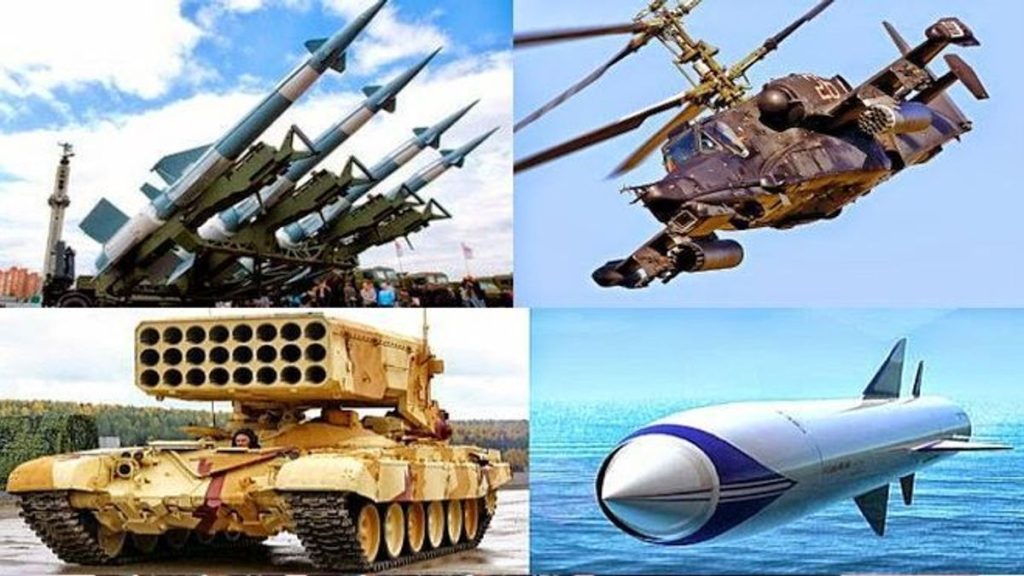The people in the MoD and Services are responsible for procuring items and services only if the manuals cover every scenario. General Financial Rules (GFR) regulations are supplemented by the Department for the Promotion of Industry and Internal Trade (DPIIT) and the Central Vigilance Commission’s (CVC) tender guidelines. Many acquisition training programmes stress the importance of following both departmental and CVC regulations. It would be a huge task to read the CVC’s 72 circulars on public procurement through June 2022 and ensure compliance. This misperception must be addressed.

The General Financial Regulations (GFRs) were first released in 1947 and updated by the Department of Expenditure of the Ministry of Finance in 2017. They control ministries’ spending on products and services. These regulations encompass a wide range of government functions, from budgeting and accounting to inventory management and humanitarian aid. In addition to the one brief chapter on procurement, it’s also mentioned in works management, inventory control, and contract administration.
Large departments like Defense and Railways can issue particular recommendations “broadly in compliance with” the appropriate GFRs chapter. GFRs are severely inadequate for large-scale procurement. Due to this provision, numerous agencies have developed their own procurement guides with buy programme guidelines. MoF has released Manuals on Goods Procurement, Works Procurement, and Consultancy and Other Services Procurement.
Ministries and departments with small regular purchases frequently follow these instructions and don’t build their own procurement policies and procedures. The Defense Ministry has released four such guidelines. Defense Procurement Manual 2009, Defence Acquisition Procedure 2020, and Defence Works Procedure 2020 are major MoD papers (DWP 2020). These publications explain how to obtain cash for running expenses, capital investments, and public works projects. A 2020 Procurement Manual covers DRDO purchases (DRDO).
The guides’ contents are compliant with the GFRs and other relevant government directives, including those issued by the CVC, since they were published in accordance with GFR 2017. Paragraph 1.1.2 of the DPM 2009 states that it is “laid down in terms of Rule 135 of the General Financial Rules, 2005,” which is comparable to GFR 2017. DPM 2009 takes into account the Government’s General Financial Rules, Financial Regulations (Defense Services Regulations), and other instructions. It seems to have raised anxieties, though. Despite the explicit provisions in DPM 2009 cited above, there are still two main reasons why procurement professionals have doubts about the CVC directives.
Defense Acquisition Regulation (DAP) 2020 and its predecessors lack rules comparable to DPM 2009 and DRDO Procurement Manual 2020, which oversee the military’s capital budget. Para 1.5.4 of DPM 2009 states that “provisions of this Manual would be subject to general or special instructions/orders/amendments the Government may issue from time,” eroding any confidence built by the provisions.

In July 20225, the CVC posted a notice on its website that helps procurement executives. The notification states that while various agencies (CVC, DoE, NITI Ayog, DPIIT, etc.) are responsible for issuing guidelines, the Commission has “reached the logical conclusion” that “it would only be appropriate if public procurement guidelines were issued from D/o Expenditure” only. Due to “multiple organisations producing rules,” procurement executives lacked a single authoritative source.
DoE has already undertaken policy adjustments in accordance with this judgement, including merging “all CVC recommendations on public procurement” and withdrawing “all former CVC guidelines on public procurement.” According to the CVC’s notification, all organisations “are expected to update/align their procurement guidelines/manuals in accordance with the aforementioned Manuals of D/o Expenditure and publish them on their website at the earliest”
The Ministry of Defense (and any other relevant ministries) must now examine their procurement manuals in light of the CVC’s notification, which mandates that all manuals be reviewed promptly to contain all applicable up-to-date government instructions, guidelines, and directives. But this won’t work.
The Department of Energy (DoE) will be the central authority for procurement instructions, so the Ministry of Defense (MoD) must put up a process to quickly integrate new instructions into MoD manuals. This will enhance procurement executives’ trust and speed decision-making. This can be achieved if the process of reviewing the manuals is organised by a single authority within the MoD, which will update the manuals rapidly and guarantee there are no ambiguities and contradictions about critical procedural requirements.

